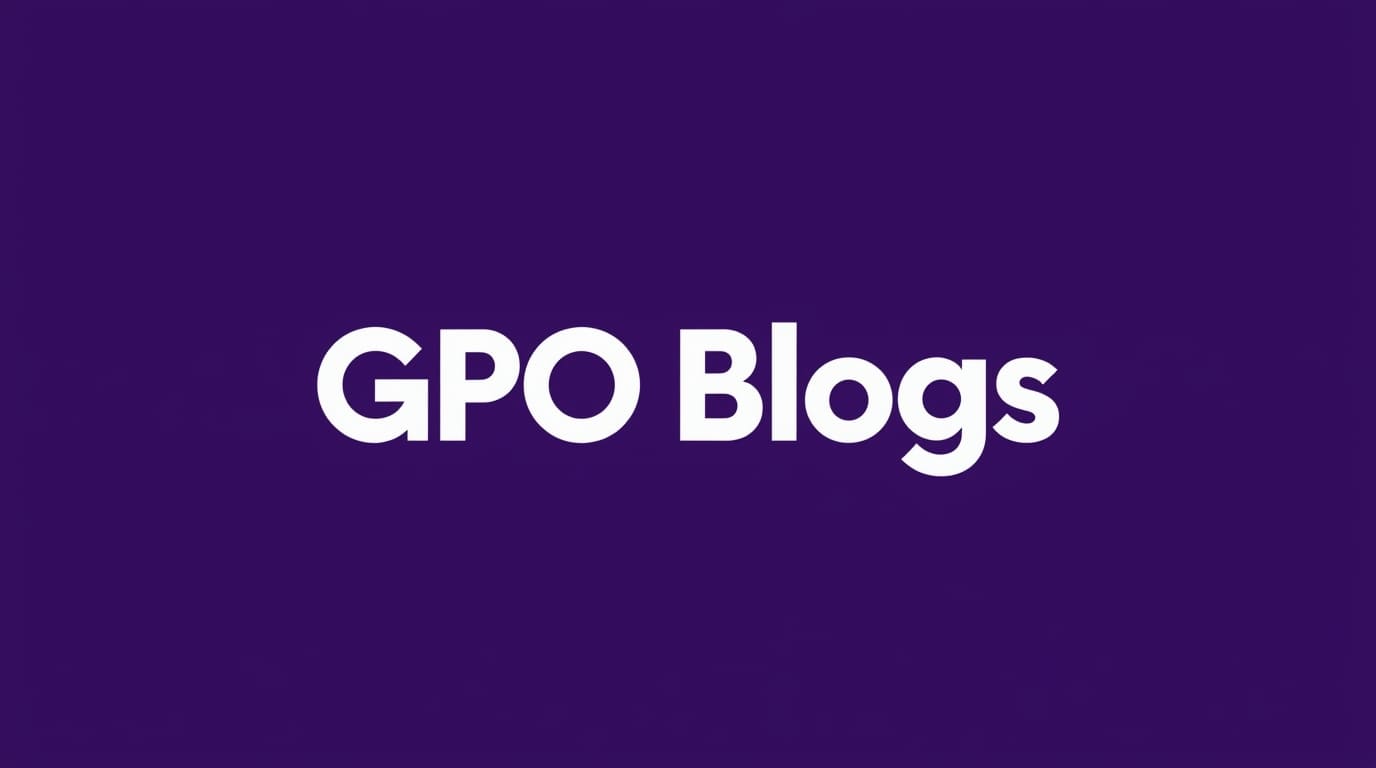The Art of Following Up: Turning Guest Post Rejections into Future Opportunities

Rejection is an inevitable part of guest posting, but how you respond to rejection can determine whether it becomes a dead end or the beginning of a valuable professional relationship. Many writers treat rejection as a final verdict, deleting the email and moving on to the next opportunity. The most successful guest posters, however, view rejection as feedback and an opportunity to build rapport with editors.
When you receive a rejection, respond with professionalism and gratitude. A simple "Thank you for considering my pitch. I appreciate your time and would welcome any specific feedback you might have to improve future submissions" demonstrates maturity and a growth mindset. This approach often yields valuable insights while positioning you as a professional who values quality over quick wins.
If the editor provides specific feedback, acknowledge it directly in your response. "Thank you for pointing out that my proposed topic overlaps with recent coverage—we can refine this to focus specifically on [suggested angle] which appears to be an emerging need based on recent comments." This shows you've not only listened but also thought critically about how to address their concerns.
Use rejection as an opportunity to deepen your understanding of the publication's needs. Ask one thoughtful follow-up question: "Could you share what types of topics you're planning to cover in the next quarter?" or "Are there specific areas where you're seeing increased reader interest?" Most editors appreciate this genuine curiosity and will provide insights that help your next pitch succeed.
Track your rejections systematically. Note the publication, date, reason for rejection (if provided), and any specific feedback. Over time, patterns will emerge that reveal what types of content work for different publications. This data becomes invaluable when crafting future pitches.
After a rejection, continue engaging with the publication. Comment thoughtfully on their content, share valuable posts with meaningful commentary, and participate in their community discussions. This maintains your presence without being pushy and demonstrates genuine interest in their mission.
Wait at least 6-8 weeks before submitting another pitch to the same publication. Use this time to deepen your understanding of their content and audience. When you do pitch again, reference your previous interaction: "Following up on our conversation from [date] about [topic], I've refined my approach based on [specific feedback] and recent discussions in your comments about [emerging need]."
For publications that reject your pitch but provide no specific reason, analyze their recently published content to identify potential gaps. Perhaps they've covered similar topics but from a different angle or with a different audience focus. Craft your next pitch to fill this specific gap, demonstrating how your expertise complements their existing coverage.
The most successful guest posters understand that building relationships with editors takes time. They view each interaction—whether acceptance or rejection—as a step toward establishing trust. They focus on providing value first, understanding that consistent, high-quality engagement eventually leads to acceptance.
When following up after a rejection, always add value. Share a relevant industry study, mention a reader comment that validates your topic's importance, or offer a specific insight related to their recent content. This transforms your follow-up from a self-serving request into a genuine contribution to their editorial process.
Remember that editors receive dozens of pitches daily. Standing out requires patience, professionalism, and persistence without pushiness. By handling rejection gracefully and using it as a learning opportunity, you position yourself as a professional worth working with—turning what seemed like a dead end into the foundation for a productive professional relationship.
Sarah Chen is an SEO strategist and founder of ContentAuthority Labs. With 12+ years in semantic SEO and expert backlink building, she has delivered 800+ sponsored and guest-posting projects that grew durable authority and demand for 200+ businesses. Her research on contextual consolidation merging overlapping pages to concentrate topical relevance has appeared in Search Engine Journal and other SEO publications. She speaks at industry events and mentors in-house teams and emerging SEOs.